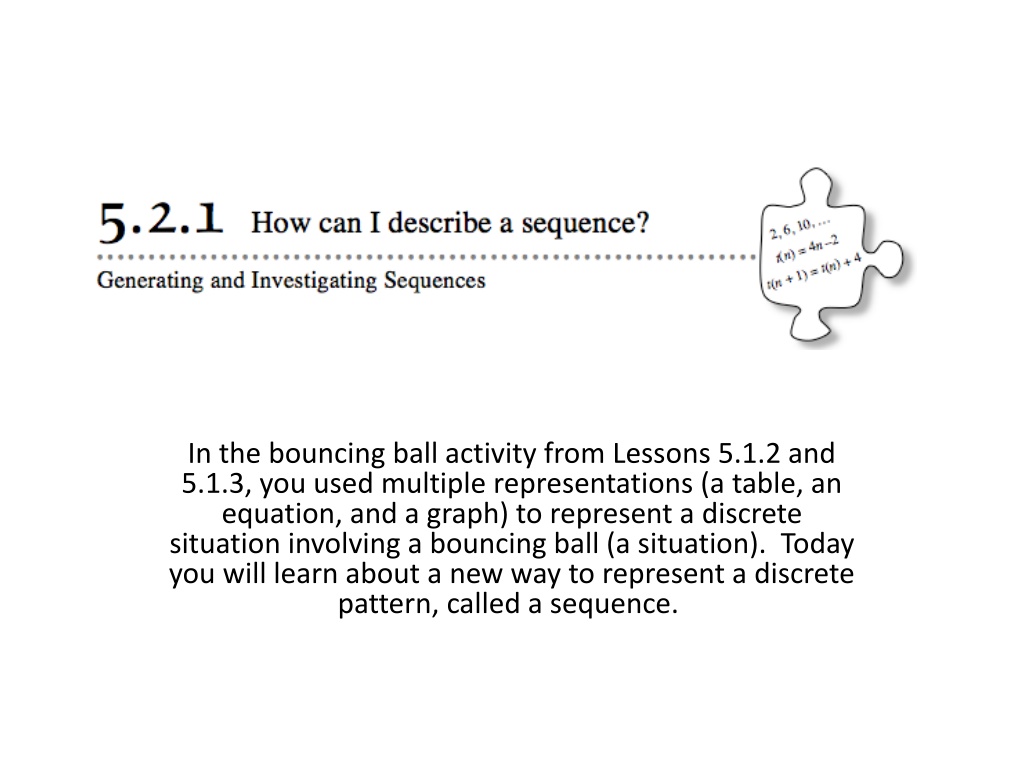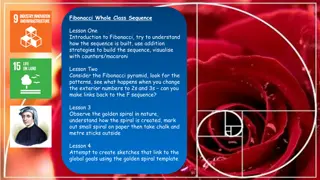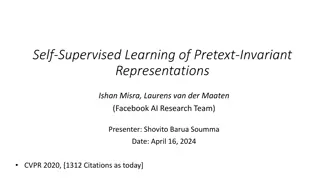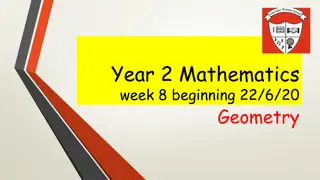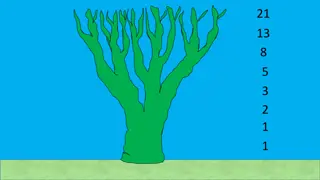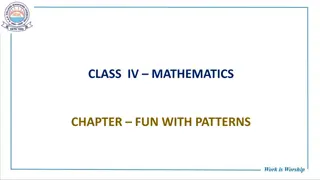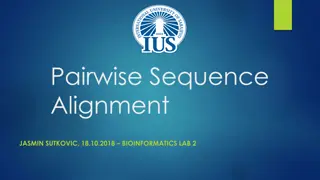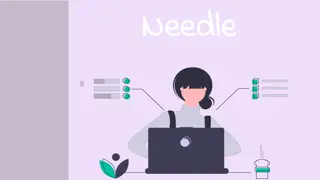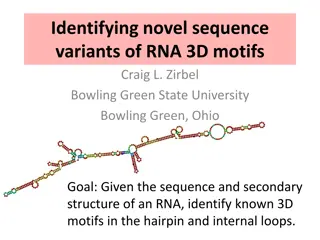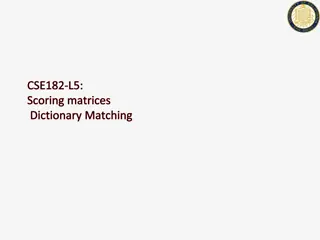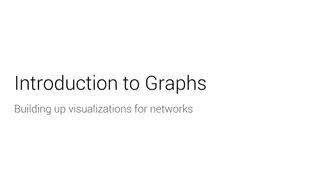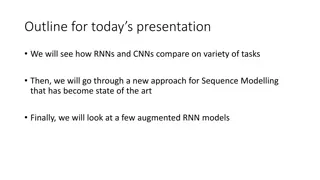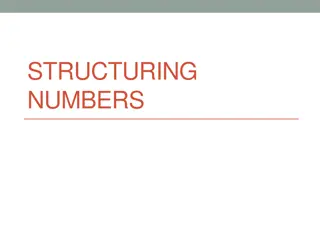Exploring Sequence Patterns Using Different Representations
Samantha explores sequence patterns with a sequence-generating machine starting with 2 rabbits. She analyzes the pattern, predicts the next terms, and starts a new sequence with an initial value of 5. Join her in creating and organizing sequence families based on growth patterns, finding sequence generators, recording terms, and graphing the sequences for deeper understanding.
Download Presentation

Please find below an Image/Link to download the presentation.
The content on the website is provided AS IS for your information and personal use only. It may not be sold, licensed, or shared on other websites without obtaining consent from the author. Download presentation by click this link. If you encounter any issues during the download, it is possible that the publisher has removed the file from their server.
E N D
Presentation Transcript
In the bouncing ball activity from Lessons 5.1.2 and 5.1.3, you used multiple representations (a table, an equation, and a graph) to represent a discrete situation involving a bouncing ball (a situation). Today you will learn about a new way to represent a discrete pattern, called a sequence.
5-40. Samantha was thinking about George and Lenny and their rabbits. When she listed the number of rabbits George and Lenny could have each month, she ended up with the ordered list below, called a sequence. 2, 6, 18, 54, She realized that she could represent this situation using a sequence-generating machine that would generate the number of rabbits each month by doing something to the previous month s number of rabbits. She tested her generator by putting in a first term of 2 and she recorded each output before putting it into the next machine. Below is the diagram she used to explain her idea to her teammates. a) b) What does Samantha's sequence generator seem to be doing to each input? What are the next two terms of Samantha's sequence? Show how you got your answer. Samantha decided to use the same sequence generator, but this time she started with an initial value of 5. What are the first four terms of this new sequence? c)
5-41. SEQUENCE FAMILIES Samantha and her teacher have been busy creating new sequence generators and the sequences they produce. Below are the sequences Samantha and her teacher created. Your task: Working together, organize the sequences into families of similar sequences. Your team will need to decide how many families to make, what common features make the sequences a family, and what characteristics make each family different from the others. Follow the directions below. As you work, use the following questions to help guide your team's discussion. How can we describe the pattern? How does it grow? What do they have in common?
1) (1) As a team, initially sort the sequence strips into groups based on your first glance at the sequences. Remember that you can sort the sequences into more than two families. You will have a chance to revise your groups throughout this activity, so just sort them in a way that makes sense to start out with. Which seem to behave similarly? Record your groupings and what they have in common before proceeding. 2) If one exists, find a sequence generator (growth pattern) for each sequence and write it on the strip. You can express the sequence generator either in symbols or in words. Also record the next three terms in each sequence on the strips. Do your sequence families still make sense? If so, what new information do you have about your sequence families? If not, reorganize the strips and explain how you decided to group them. 3) Get a set of Lesson 5.2.1B Resource Pages. Then record each sequence in a table. Your table should compare the term number, n, to the value of each term, t(n). This means that your sequence itself is a list of outputs of the relationship and the inputs are a list of integers! The first term in a sequence is always n = 1. Attach the table to the sequence strip it represents. Do your sequence families still make sense? Record any new information or reorganize your sequence families if necessary. 4) Now graph each sequence on a Lesson 5.2.1C Resource Page or on the 5-41 Student eTool. Include as many terms as will fit on the existing set of axes. Be sure to decide whether your graphs should be discrete or continuous. Use color to show the growth between the points on each graph. Attach the graph to the sequence strip it represents. Does your sequence families still make sense? Record any new information and reorganize your sequence families if necessary.
5-42 Choose one of the families of sequences you created in problem 5-41. With your team, write clear summary statements about this family of sequences. Refer to the Discussion Points in problem 5-41 to help you write summary statements. Be sure to use multiple representations to justify each statement. Be prepared to share your summary statements with the class.
5-43. Some types of sequences have special names. a) When the sequence generator adds a constant to each previous term, it is called an arithmetic sequence. Which of your sequences from problem 5-41 fall into this family? Should you include the sequence labeled (f) in this family? Why or why not? b) When the sequence generator multiplies a constant times each previous term, it is called a geometric sequence. Which of the sequences from problem 5-41 are geometric? Should sequence (h) be in this group? Why or why not?
